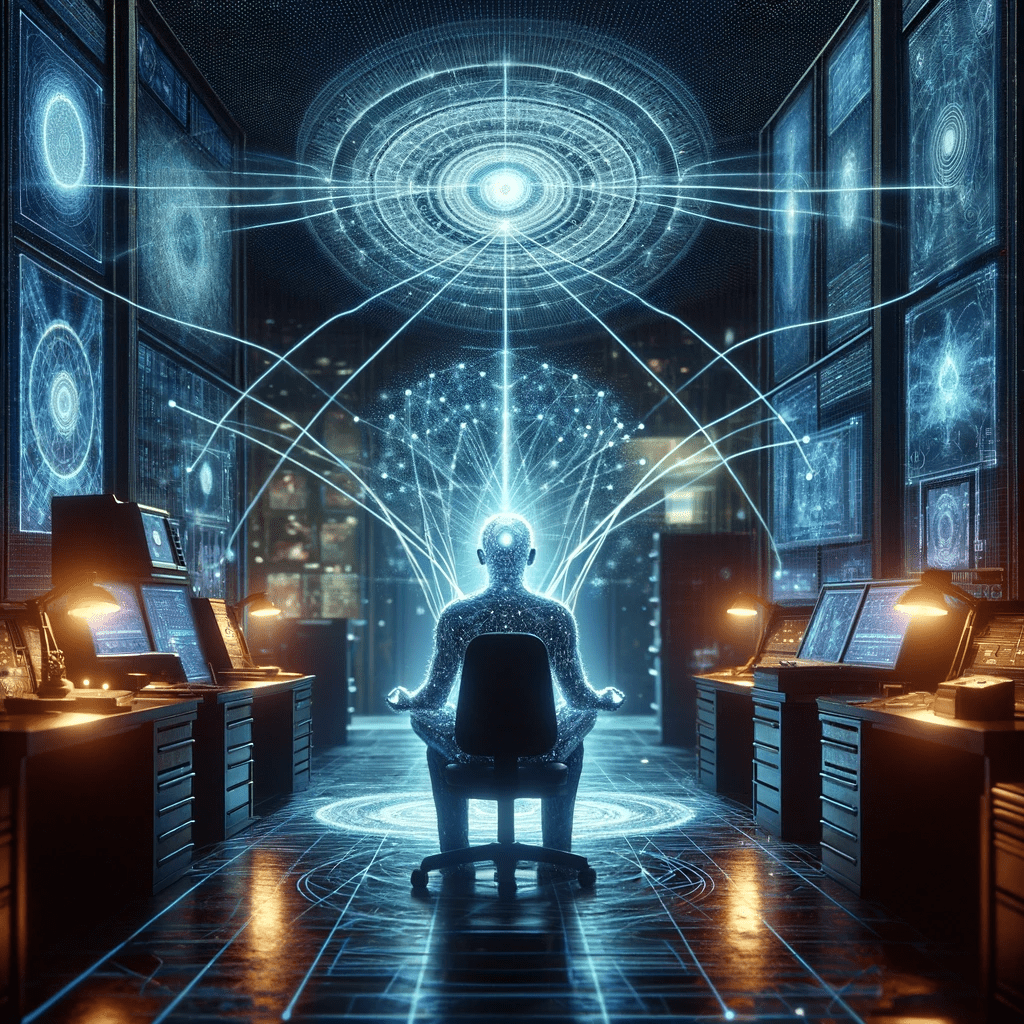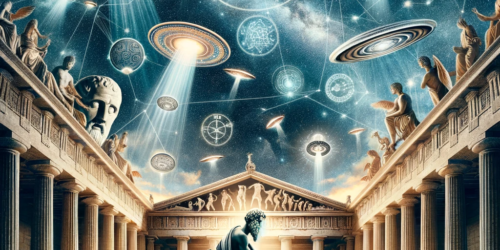Stanford Research Institute’s Remote Viewing Program (Stargate Project)

The Stanford Research Institute’s remote viewing program, also known as the Stargate Project, was a program established in the 1970s to investigate psychic abilities such as clairvoyance and telepathy. The program was co-founded by two physicists, Harold Puthoff and Russell Targ, who were interested in exploring the potential scientific basis for these phenomena. The program ultimately received funding from various government agencies, including the CIA, and was operational until the mid-1990s.
Harold Puthoff, who co-founded the remote viewing program, has a background in electrical engineering and physics. He received his Bachelor’s and Master’s degrees in electrical engineering from the University of Florida, and his Ph.D. in electrical engineering from Stanford University. Puthoff has held numerous positions in both academic and industrial settings, including at SRI International and the Institute for Advanced Studies at Austin.
Russell Targ, Puthoff’s co-founder, is a physicist and laser pioneer who has also been involved in researching paranormal phenomena. He received his Bachelor’s and Master’s degrees in physics from Queens College and Columbia University, respectively, and his Ph.D. in physics from Columbia. Targ worked at SRI International for several years before co-founding the remote viewing program with Puthoff.
The remote viewing program was designed to investigate the potential scientific basis for psychic abilities such as clairvoyance and telepathy. The program involved individuals who claimed to have these abilities, and sought to train them to use their skills in a controlled setting. Participants were given targets to “view” remotely, without being told what the target was ahead of time. The program ultimately received funding from various government agencies, including the CIA, and was operational until the mid-1990s.
One fact about the remote viewing program is that it produced a number of apparently successful demonstrations of remote viewing. For example, in one experiment, a remote viewer was able to successfully describe the characteristics of a target location that was hidden from view, including details such as the shape and color of the location. The program’s apparent successes were controversial, however, and were met with skepticism by some experts who questioned the scientific basis for the program’s research.
Another fact is that the remote viewing program ultimately received funding from various government agencies, including the CIA, and was operational until the mid-1990s. The program’s involvement with government agencies has led to speculation that it may have been used for intelligence-gathering purposes, although this has not been confirmed.
Despite the controversy surrounding the remote viewing program, some experts continue to advocate for further research into psychic abilities and related phenomena. For example, in a 2014 article for the Huffington Post, parapsychologist and author Dean Radin argued that the scientific study of psychic phenomena remains an important area of research, and that the remote viewing program represented a significant step in this direction.
Several books have been written about the remote viewing program, including “Mind-Reach: Scientists Look at Psychic Abilities,” which was co-authored by Harold Puthoff and Russell Targ. The book includes discussions of the remote viewing program and its findings, as well as broader discussions of the scientific basis for psychic abilities. Puthoff and Targ are also the subjects of the book “The Reality of ESP: A Physicist’s Proof of Psychic Abilities” by Russell Targ.
Numerous newspapers and media outlets have covered the remote viewing program and its findings over the years. Some articles have been skeptical of the program’s claims, while others have praised its potential scientific significance. For example, a 1978 article in the New York Times described the remote viewing program as “one of the strangest exercises ever carried out for the United States government.”



